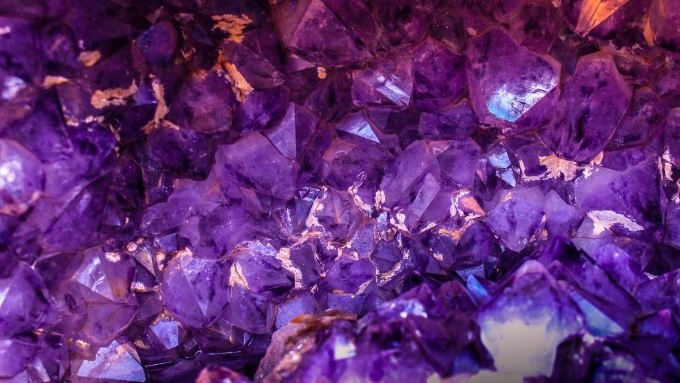Description

Disclaimer: Copyright infringement not intended.
Context:
- Scientists have discovered a third natural source of quasicrystals.
About:
- Quasicrystal, also called quasi-periodic crystal, is a matter formed atomically in a manner somewhere between the amorphous solids of glasses (special forms of metals and other minerals, as well as common glass) and the precise pattern of crystals.
- Like crystals, quasicrystals contain an ordered structure, but the patterns are subtle and do not recur at precisely regular intervals.
- Rather, quasicrystals appear to be formed from two different structures assembled in a nonrepeating array, the three-dimensional equivalent of a tile floor made from two shapes of tile and having an orientational order but no repetition.
- The American-Israeli scientist Dan Shechtman discovered quasicrystals in the lab in 1982.
- Quasicrystals have poor heat conductivity, which makes them good insulators.
.jpeg)
In a nutshell,
-
- Quasicrystals are physical lattices with translational disorder that retain local, rotational symmetry.
-
- Unlike quasicrystals, 'perfect' crystals have both translational and rotational symmetry, and are always close-packed

Prevalence:
- Quasicrystals rank among the most common structures in alloys of aluminum with such metals as iron, cobalt, or nickel.
- The first natural quasicrystal found was as microscopic grains in a fragment of the Khatyrka meteorite lying in the Koryak mountains of Russia.
- The second time scientists found natural quasicrystals in the remains of the Trinity test of the Manhattan Project.
Applications:
- While no major commercial applications yet exploit properties of the quasicrystalline state directly, quasicrystals form in compounds noted for their high strength and light weight, suggesting potential applications in aerospace and other industries.
- Quasicrystals can be used in surgical instruments, LED lights and non-stick frying pans.
- Other uses: Selective solar absorbers for power conversion, broad-wavelength reflectors, and bone repair and prostheses applications where biocompatibility, low friction and corrosion resistance are required.

Recent Finding- Third Source:
- Recently in the Sand Hills dunes in northern Nebraska, scientists found silicate glass which is a dodecagonal quasicrystal, rare even for quasicrystals.


https://www.thehindu.com/sci-tech/science/quasicrystals-remember-the-chaos/article66480253.ece


















